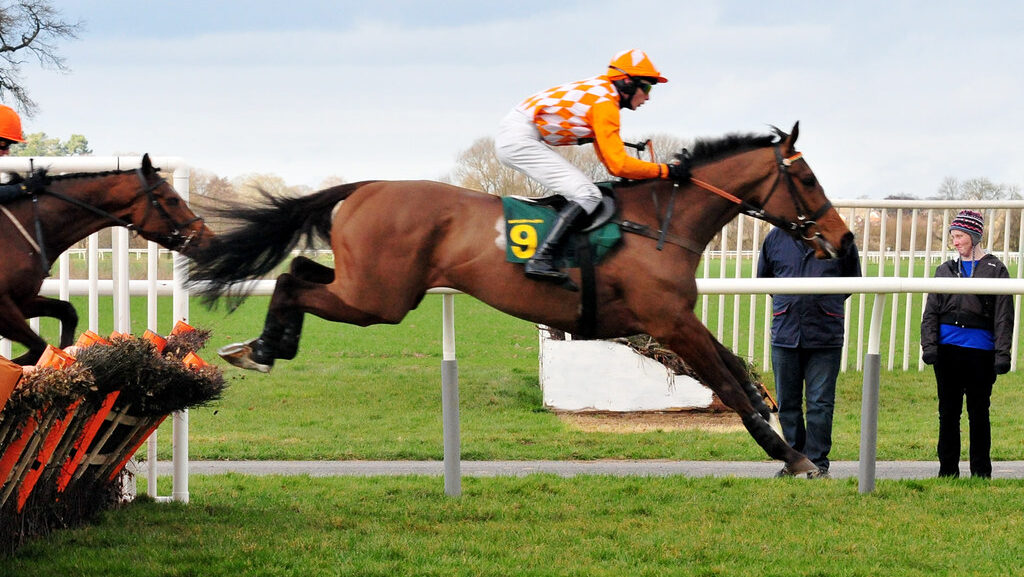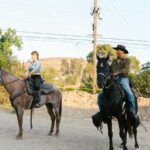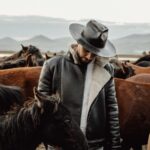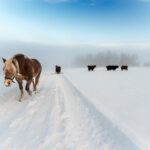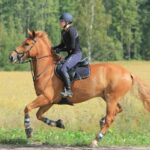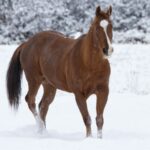Throughout history, the bond between humans and horses has created partnerships that have changed the course of civilizations, won impossible battles, captured the public imagination, and achieved athletic feats that seemed beyond reach. These legendary duos have demonstrated that when horse and rider become one, they can accomplish extraordinary things. From ancient battlefields to modern sporting arenas, these partnerships have inspired generations with their courage, skill, and the deep connection between species. The following famous horse and rider combinations have earned their place in history not just through their achievements, but through the special relationship that made those achievements possible.
Alexander the Great and Bucephalus
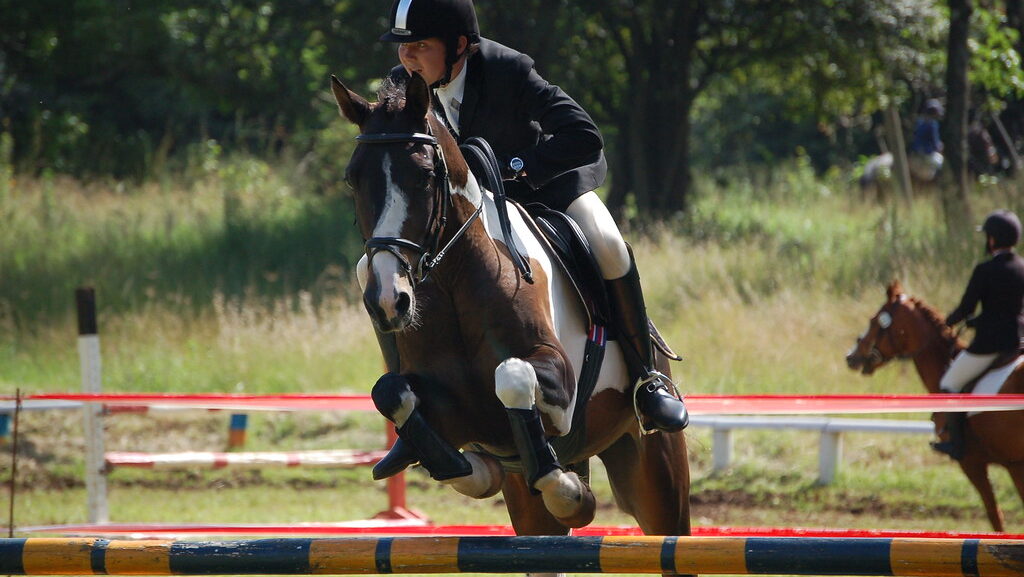
Perhaps the most famous horse-rider duo in ancient history, Alexander the Great and his stallion Bucephalus set the standard for legendary partnerships. As the story goes, 12-year-old Alexander was the only person who could tame the supposedly unrideable horse by noticing the animal was afraid of his own shadow. Bucephalus carried Alexander through numerous battles across his vast conquests spanning from Greece to India, covering over 20,000 miles. Their bond was so strong that when Bucephalus died in 326 BCE after the Battle of Hydaspes, Alexander founded an entire city named Bucephala in his honor. This extraordinary partnership lasted for nearly 20 years, with the horse remaining Alexander’s primary mount until its death at around 30 years of age.
Napoleon Bonaparte and Marengo
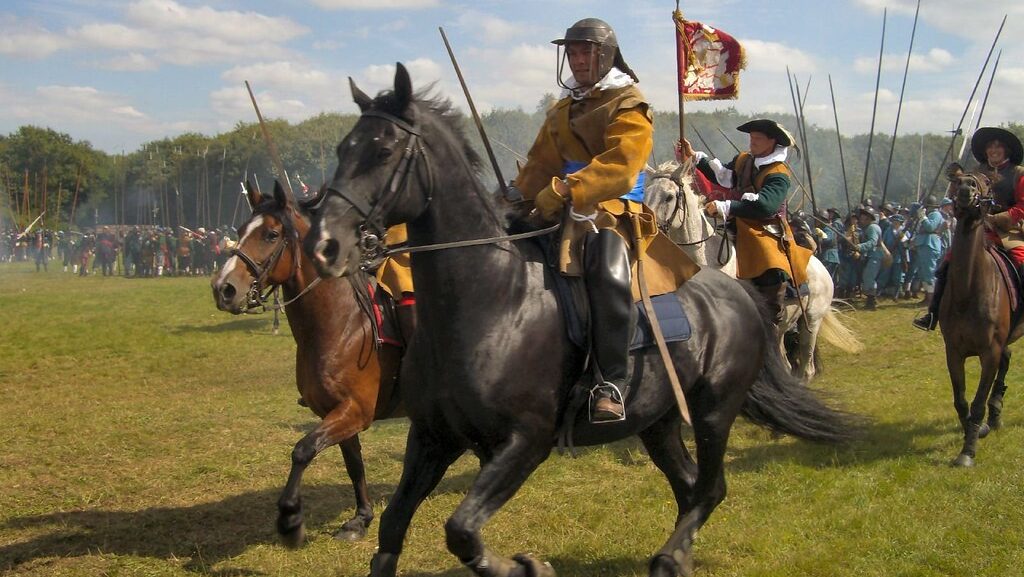
The diminutive French emperor rode into many of his greatest battles on Marengo, a small gray Arabian stallion standing just 14.1 hands high. Named after Napoleon’s victory at the Battle of Marengo in 1800, this horse carried the emperor through numerous campaigns, including the legendary Battle of Austerlitz. Their most famous appearance was during the disastrous Russian campaign, where Marengo was one of the few horses to survive the retreat from Moscow. After Napoleon’s defeat at Waterloo in 1815, the British captured Marengo, who lived to the remarkable age of 38, spending his remaining years in England. The horse’s skeleton is now on display at the National Army Museum in London, a testament to this famous war horse who carried one of history’s most ambitious conquerors.
General Robert E. Lee and Traveller
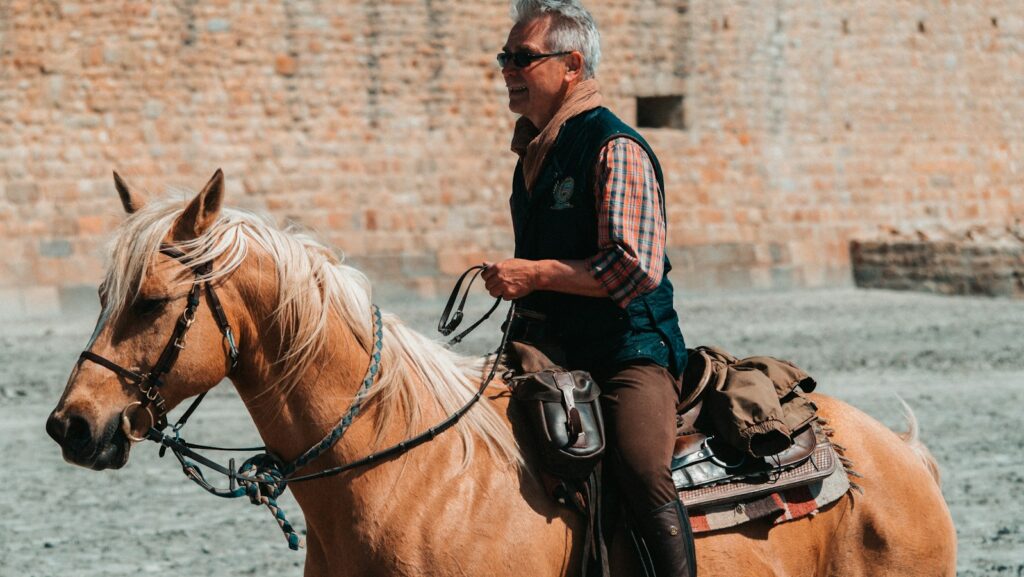
During the American Civil War, Confederate General Robert E. Lee rode a gray American Saddlebred named Traveller, who became almost as recognizable as the general himself. Lee purchased the horse in 1861 for $200 (about $6,000 in today’s currency) and rode him throughout the war, including during the surrender at Appomattox Court House. Traveller was known for his endurance and calm demeanor under fire, qualities that endeared him to Lee during the chaos of battle. Their bond was so strong that when Lee died in 1870, Traveller walked in his funeral procession, and when the horse died less than a year later from tetanus, he was initially buried on the Washington and Lee University campus. The loyalty between this pair remained legendary in American military history, with Lee having written, “Traveller is my only companion; I may also say my pleasure.”
Buffalo Bill Cody and Charlie
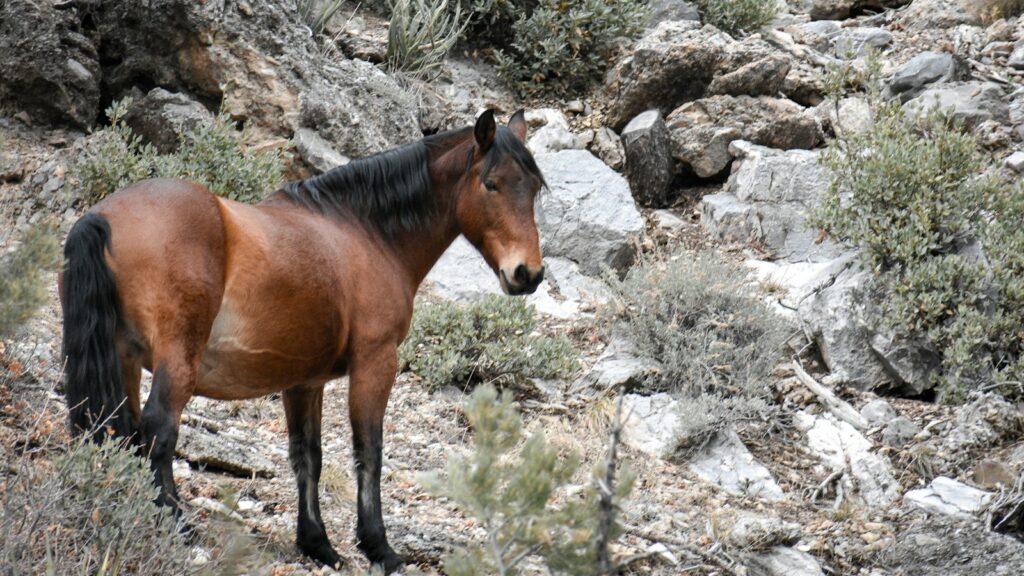
William “Buffalo Bill” Cody and his horse Charlie formed one of the most famous duos of the American West, performing together in Buffalo Bill’s Wild West Show that toured both America and Europe. Charlie was a Kentucky-bred buckskin that carried Buffalo Bill during his scouting days for the U.S. Army and later became a star attraction in the Wild West shows. The horse was known for his intelligence and ability to perform complex tricks and maneuvers without obvious cues from Cody. When Charlie died in 1893, Cody was reportedly devastated, saying, “Old Charlie and I were good friends and we never had a falling out.” Their performances helped shape the mythology of the American West, with millions of spectators across two continents witnessing their partnership firsthand during the late 19th century.
Lady Godiva and Her Unnamed Steed
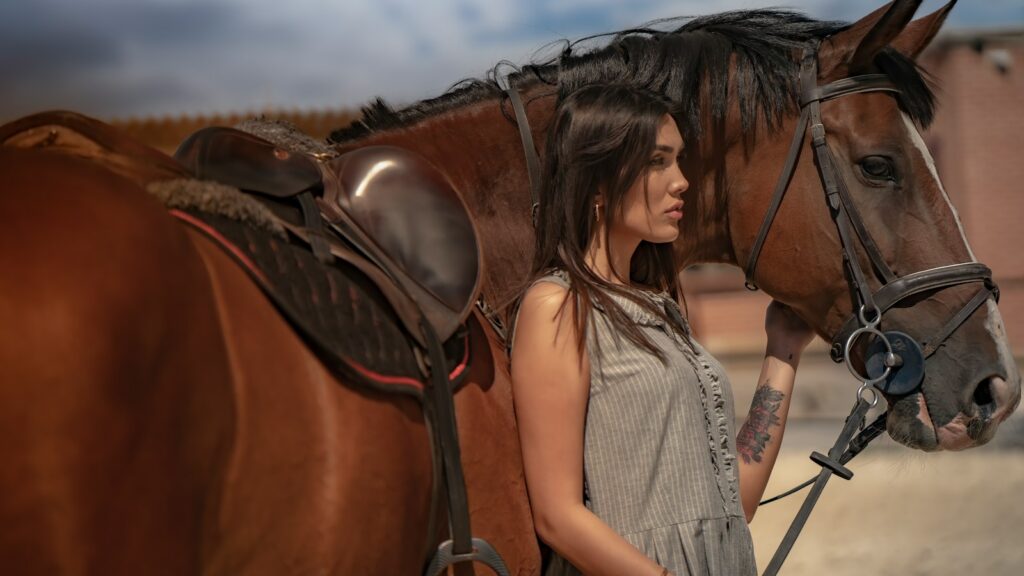
While the name of Lady Godiva’s horse has been lost to history, this famous duo stands out as one of the most iconic in medieval lore. According to legend, Lady Godiva rode naked through the streets of Coventry, England in the 11th century, covered only by her long hair, to protest her husband’s oppressive taxation of the townspeople. The story claims that her husband, Leofric, Earl of Mercia, agreed to reduce taxes if she would ride through the marketplace naked, never expecting her to accept the challenge. Her famous ride, depicted in countless paintings and sculptures, was only possible because of her trusty and steady horse who carried her through the town while citizens respectfully stayed indoors. Though historians debate the accuracy of this tale, the image of Lady Godiva and her horse has endured as a symbol of protest against injustice.
Secretariat and Ron Turcotte
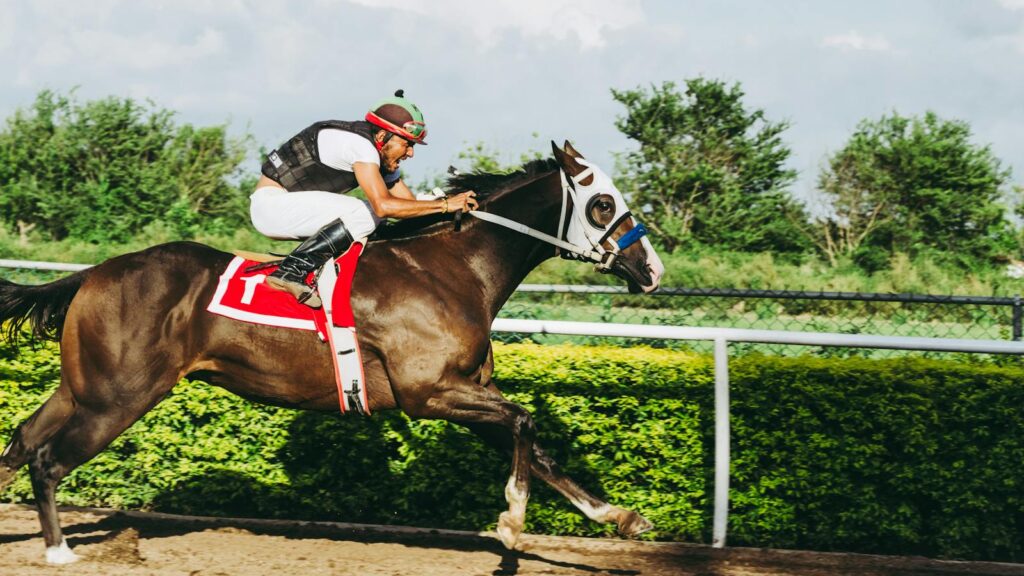
The partnership between Secretariat and jockey Ron Turcotte produced what many consider the greatest performance in horse racing history. Secretariat, nicknamed “Big Red,” won the 1973 Triple Crown with Turcotte aboard, setting records in all three races that still stand today. Their most astounding achievement came in the Belmont Stakes, where they won by an unprecedented 31 lengths, with Secretariat running each quarter-mile segment faster than the one before it—a feat considered physically impossible until he accomplished it. Turcotte later said that during the Belmont, “I was just along for the ride,” as Secretariat seemed to understand exactly what was at stake. The Canadian jockey and the chestnut colt created a legacy that transformed horse racing, with their Belmont performance widely regarded as the single greatest achievement in the sport’s history.
Roy Rogers and Trigger
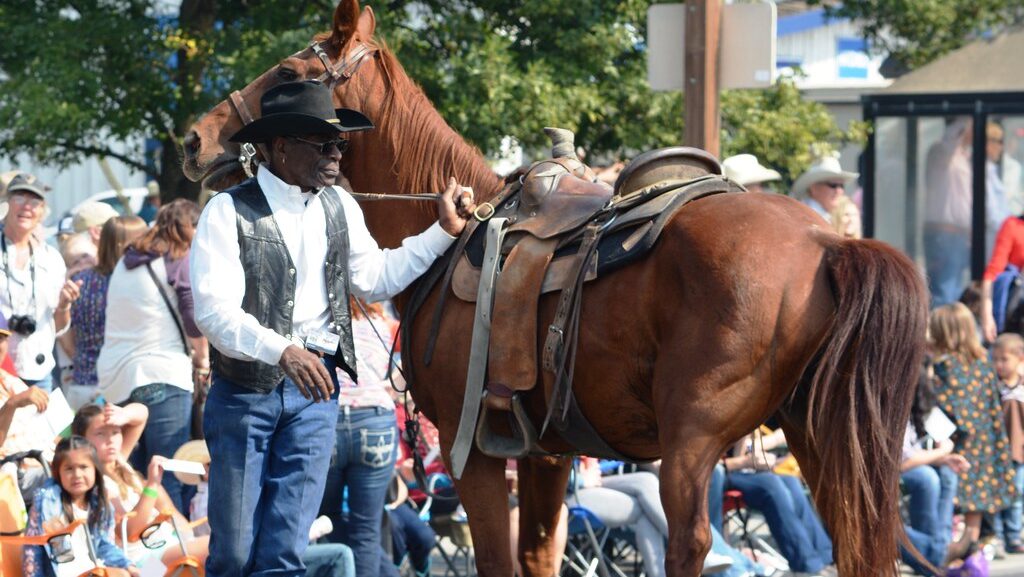
Perhaps no horse and rider are more synonymous in popular culture than cowboy star Roy Rogers and his palomino stallion Trigger. Billed as “the smartest horse in the movies,” Trigger appeared in all 88 of Rogers’ films and 100 episodes of his television show from the 1940s through the 1960s. Known for his intelligence, Trigger could perform over 150 tricks including walking on his hind legs, sitting in a chair, and even signing his name with an X using a pencil held in his mouth. Rogers loved his equine partner so much that when Trigger died in 1965 at age 30, he had the horse taxidermied and later displayed him in the Roy Rogers Museum. Their partnership spanned more than 20 years, making them one of the longest-running and most beloved horse-rider duos in entertainment history.
Charlotte Dujardin and Valegro
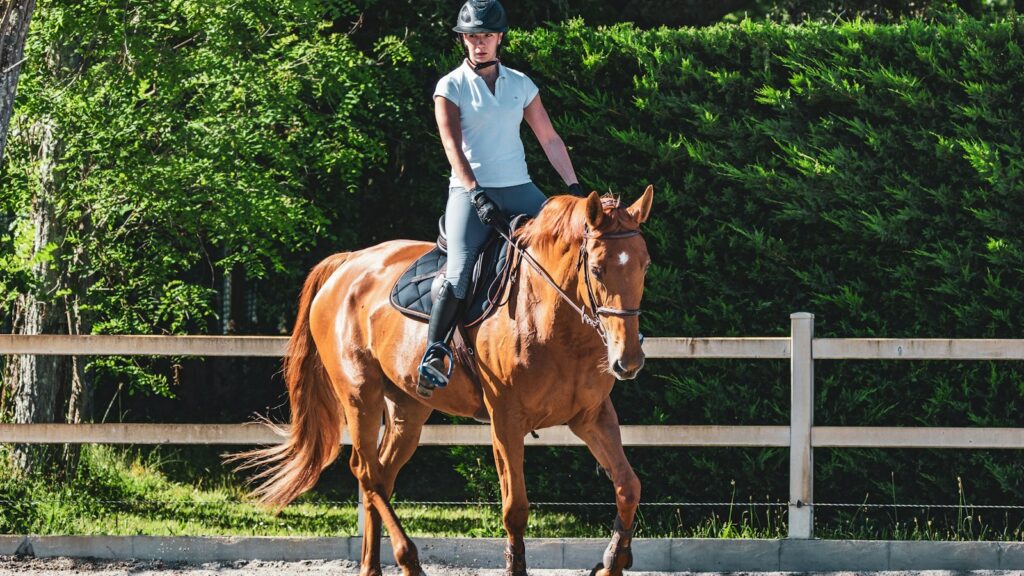
In modern equestrian sport, few partnerships have dominated their discipline like British dressage rider Charlotte Dujardin and her mount Valegro. Together they won three Olympic gold medals, set multiple world records, and became the first combination to simultaneously hold all top titles in their sport. What makes their story particularly special is that Dujardin was originally just assigned to train Valegro temporarily as a young rider, but their connection was so exceptional that the partnership continued to international glory. Their freestyle routine to music from the movie “How to Train Your Dragon” became their signature performance, consistently bringing crowds to their feet. When Valegro was officially retired in 2016 at the London International Horse Show, there wasn’t a dry eye in the arena, demonstrating how this remarkable partnership had captured the hearts of fans worldwide.
Genghis Khan and His Famed Horses
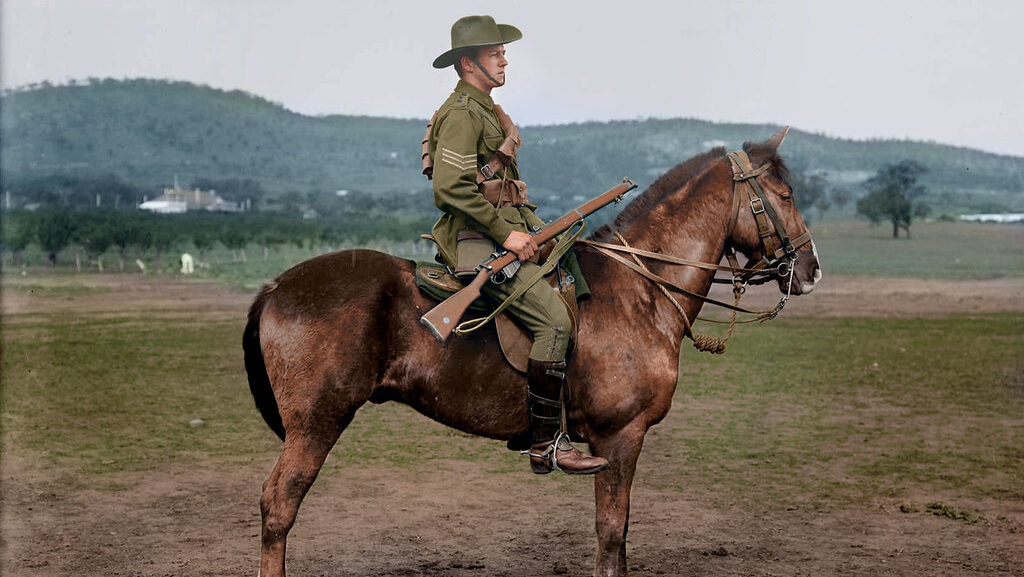
While no single horse of Genghis Khan has been recorded by name, the Mongol leader and his series of horses deserve mention as one of history’s most consequential partnerships. Mongol warriors typically had five horses each to rotate between, but Khan’s personal mounts were selected for exceptional stamina and intelligence. According to historical accounts, Khan’s life was saved multiple times by his horses, including one famous incident where his horse carried him to safety after he was wounded in battle. The Mongol empire, the largest contiguous land empire in history, was built largely on the unique relationship between the warriors and their small, hardy horses, who could travel up to 100 miles a day. Khan reportedly once said, “A man’s greatest joy is crushing his enemies, driving them before him, and taking their horses,” demonstrating how central horses were to Mongol culture and conquest.
The Lone Ranger and Silver
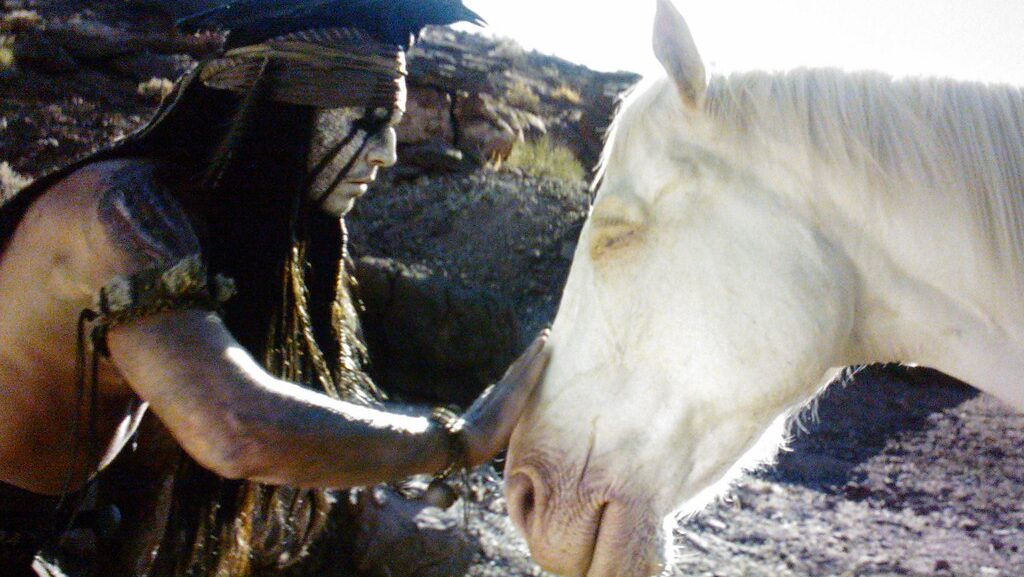
The fictional duo of the Lone Ranger and his magnificent white stallion Silver captured the American imagination through radio shows, television, films, and comic books. Silver was portrayed as an exceptionally intelligent horse who responded to the Ranger’s famous call of “Hi-yo, Silver! Away!” by rearing dramatically before galloping off. According to the story, the Lone Ranger found Silver after the horse was wounded by a buffalo and nursed him back to health, creating an unbreakable bond between them. In the television series starring Clayton Moore, the horse playing Silver (actually named White Cloud) became a celebrity in his own right, making personal appearances around the country. This fictional partnership has endured for over 80 years since its radio debut in 1933, influencing countless Western narratives that followed.
Zorro and Tornado
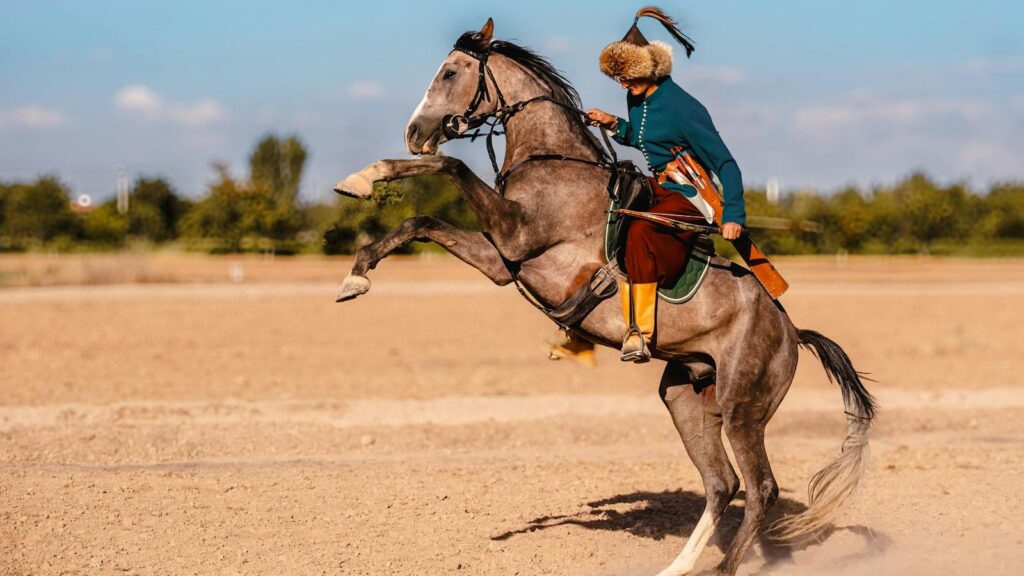
Another fictional pair that has captivated audiences for generations is Zorro and his jet-black stallion Tornado. First appearing in Johnston McCulley’s 1919 story “The Curse of Capistrano,” Zorro’s midnight-colored steed was portrayed as being as intelligent and cunning as his masked rider. Tornado would respond to whistles and verbal commands, knew how to untie knots with his teeth, and could find his own way home if Zorro was injured. The 1950s Disney television series starring Guy Williams solidified the image of this dynamic duo, with Tornado (played by a horse named Diamond Decorator) performing impressive stunts like jumping through walls of fire and leaping from great heights. Their dashing escapes from Spanish soldiers in colonial California have been reimagined in dozens of films and television adaptations, making them one of the most instantly recognizable horse and rider pairs in popular culture.
Lizzie Armitstead and Annie
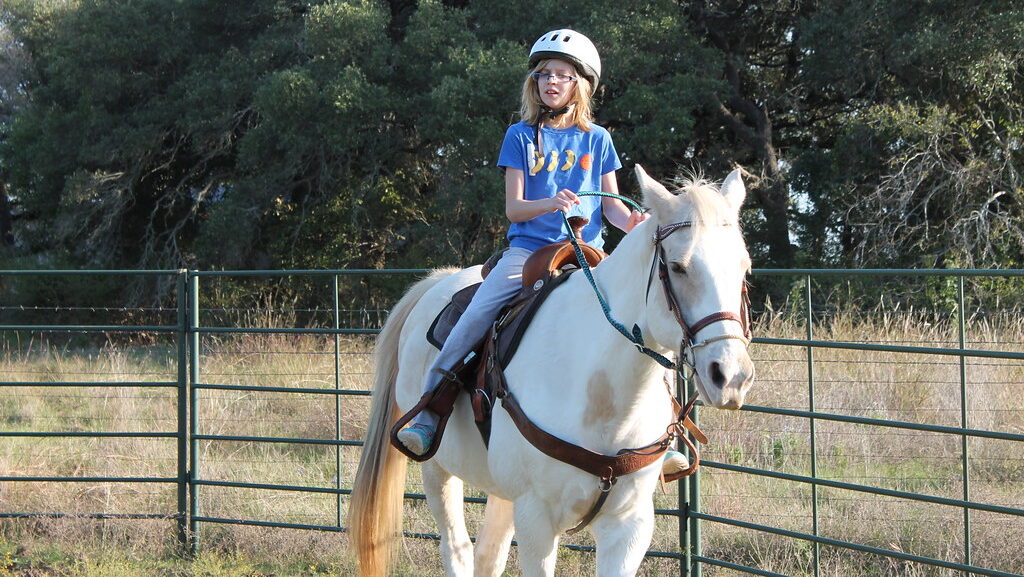
In the emotionally powerful world of para-equestrian sport, British rider Lizzie Armitstead and her horse Annie formed an exceptional partnership that inspired millions. After Armitstead lost her sight in a car accident, she found a new purpose through horseback riding and was eventually paired with Annie, a sensitive mare with extraordinary awareness of her rider’s disability. What made their connection remarkable was Annie’s apparent understanding that she needed to be both athlete and guide, responding to the slightest shifts in her rider’s weight and subtle voice commands. Their gold medal performance at the 2012 Paralympic Games in London brought international attention to para-equestrian dressage, with commentators noting how Annie seemed to know exactly when to provide extra support when her rider became disoriented. Their partnership demonstrated the profound communication possible between horse and human even when conventional methods of connection are limited.
Seabiscuit and Red Pollard
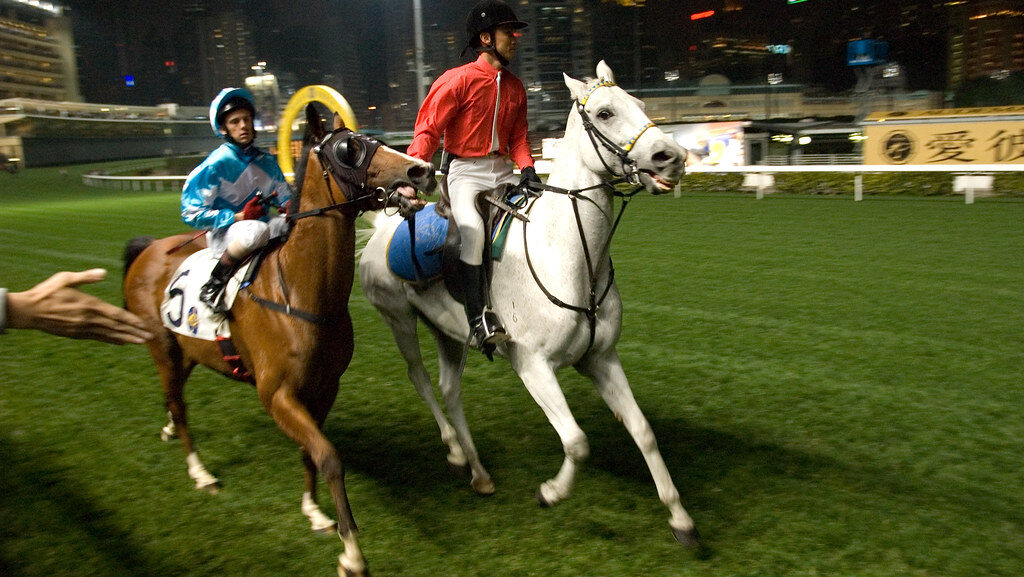
The unlikely partnership between the undersized, knobby-kneed racehorse Seabiscuit and his partially blind jockey Red Pollard became an American sensation during the Great Depression. Both considered damaged goods in their profession, they found in each other a symbiotic relationship that elevated them to the heights of racing success. Pollard understood Seabiscuit’s psychology, recognizing that the horse needed to see his opponents to develop the competitive fire to beat them. Their most famous victory came in 1938 when they defeated the heavily favored War Admiral in a specially arranged match race that was broadcast to millions of radio listeners across America. Author Laura Hillenbrand, who chronicled their story in her bestselling book, wrote that “Seabiscuit and Pollard were both written off as broken down and worthless, but together they became legends.” Their tale of mutual redemption continues to resonate as one of the greatest underdog stories in sports history.
Conclusion
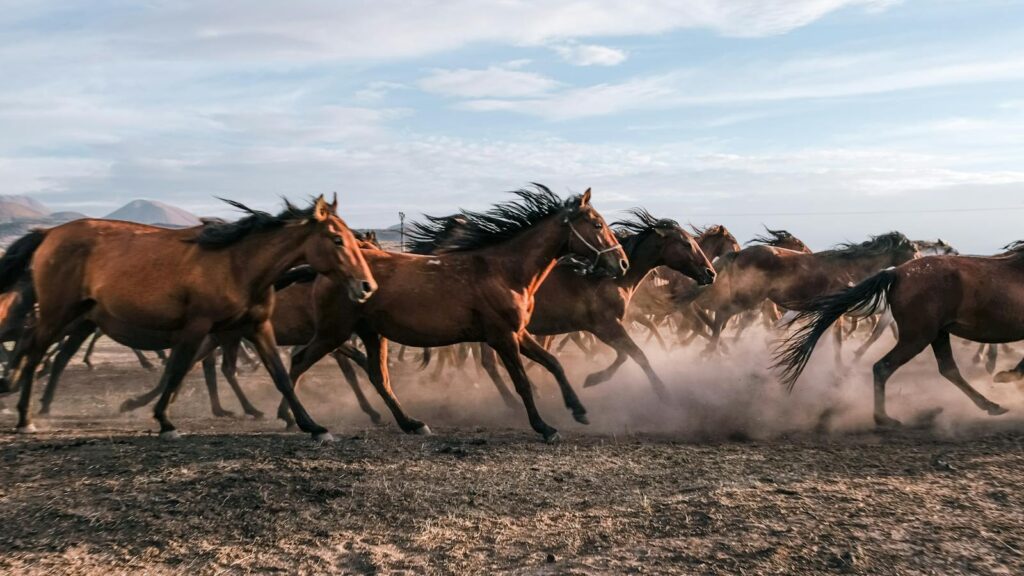
The extraordinary partnerships between horses and humans throughout history reveal much more than impressive achievements or famous victories. They demonstrate the profound connection possible between two different species when mutual trust, respect, and communication reach their highest form. From ancient battlefields to modern arenas, these legendary duos have shown that the relationship between horse and rider can transcend mere utilitarian purpose and evolve into something approaching true partnership. While technology has reduced our dependence on horses in daily life, these remarkable stories continue to capture our imagination precisely because they remind us of the special bond that has linked humans and horses for thousands of years—a bond built on trust, forged through challenges, and immortalized through their shared accomplishments.

